
09 May We Visit Carroll Dwayne Littlefield
Posted from Seattle, WA May 9, 2013, after return last night from New Mexico and Arizona.
Last Saturday Carroll Dwayne (CD) Littlefield, Delia and I headed East over the pass to visit the old homestead of Shorty Miller. Shorty was a Depression-era rustler, no relation to present owners of the big ranch to our west. In the spring it’s possible to hope for rain in the Peloncillos, but it’s more likely to blow dust and this is what the White Cliffs looked like as we took off hiking at 6:30 in the morning.
We had been counting birds beginning as soon as we got there on Friday and were at 36. A Spotted Towhee watched us take off from high in an Alligator Juniper. Over the pass and heading into Lee’s Canyon we ran into some activity and picked up a Blue-gray Gnatcatcher, a Painted Redstart and a Red-faced Warbler (new for me on the Ranch, but no pics for most of these). Here’s our whole bird list for the trip, starting here:
1. 1. White-winged Dove
2. 2. Broad-tailed Hummingbird
3. 3. Black-chinned Hummingbird
4. 4. Black-headed Grosbeak
5. 5. Chipping Sparrow
6. 6. Lazuli Bunting
PPenstemon pseudospectabulis
7. 7. Mexican Jay
8. Black-chinned Sparrow
9. 9. Lucifer Hummingbird
10. Dark-eyed Junco
11. Black-throated Gray Warbler
12. House Finch
The Broad-billed Hummers were mostly visible at the feeders, where they were fighting with a large contingent of Broad-tailed Hummers headed for the Rockies.
13. Turkey Vulture
14. Mourning Dove
We got to the Lee Place around 11:30. Lee was a hero for liberty against government repression, i.e., a bootlegger. Here’s is one of his corrals, and he also built a really nice dam.
15. Yellow-rumped Warbler
16. Rufous-crowned Sparrow
17. Red-tailed Hawk
18. Swainson’s Hawk
19. Bushtit
20. Bewick’s Wren
21. Hepatic Tanager
22. Juniper Titmouse
The California Sisters were out and about.
23. Crissal Thrasher
24. Curve-billed Thrasher
25. Spotted Towhee
26. Green-tailed Towhee
27. Black-throated Sparrow
28. White-crowned Sparrow
29. Lincoln’s Sparrow
After the Lee Place, the trail follows Miner Canyon through the spine of the Peloncillos. That’s CD and Delia ahead of me. CD is the author of “Brids of Malheur” and is a Sandhill Crane expert and is conducting bird transects on the ranch.
30. Ruby-crowned Kinglet
31. Violet-green Swallow
32. Cassin’s Kingbird
33. Broad-billed Hummingbird
34. Townsend’s Solitaire
35. Scott’s Oriole
36. Western Screech-owl
37. Ash-throated Flycatcher
This Ash-throated Flycatcher was after an insect and didn’t mind that we were close by. She/he got it.
38. Blue-gray Gnatcatcher
39. Red-faced Warbler
40. Painted Redstart
41. Cordilleran Flycatcher
42. Brown-headed Cowbird
43. Great Horned Owl
There was some standing water in Miner Canyon. It’s always thrilling to find water in the outback of the Peloncillos. Once some BP agents drained a water-jug CD (a citizen, of course) had positioned for his return trip. Not a way to treat human beings, regardless of immigration status.
44. Montezuma Quail
45. Canyon Towhee
46. Warbling Vireo
47. Wilson’s Warbler
48. Lark Sparrow
49. Western Scrub Jay
50. Common Raven
51. Bridled Titmouse
52. Cassin’s Vireo
53. Virginia Warbler
54. Gray Flycatcher
We got to Shorty’s around mid-day. This is what remains of his house. The bedsprings survive also. It never ceases to amaze me how much tougher people were less than 100 years ago. You can see Shorty never was asked “Do you want fries with that?” He was maybe 17 miles of rough road from town, and that town was Rodeo, New Mexico. They say he had his own secret path for getting there, and lots of cleverly-designed branding irons that could be superimposed on other brands to make a cow look like his very own, at the risk of sounding here like I’m romanticizing cattle-rustling.
55. Dusky Flycatcher
56. Arizona Woodpecker
57. Acorn Woodpecker
58. Hooded Oriole
A Hooded Oriole and a Desert Chipmunk.
59. Pine Siskin
60. Brewer’s Sparrow
61. Peregrine Falcon
62. Cooper’s Hawk
63. Bullock’s Oriole End of bird list for Ranch this visit
Shorty’s situated his homestead close to Maverick Springs, a type of natural formation called a “Tinaja,” (Spanish) that we (the Scholes) have yet to see dry up in the last 38 years. It’s easy to miss Maverick Springs but CD and Delia always know exactly where it is.
On the way back from Shorty’s we encountered this Hernandez Horned Lizard. When it sits still, it looks exactly like a rock—it’s about 8 inches long and is an and is an ant-specialist . The reason I know stuff like this is that CD tells us about anything we come across, nature-wise, in a hike.
Delia and I took a trip down to the valley on Monday and continued birding all day, so our list grew some more:
64. Pyrrhuloxia
65. Northern Mockingbird
66. Loggerhead Shrike
67. Common Yellowthroat
68. Barn Swallow
69. Red-winged Blackbird
70. American Coot
71. Scaled Quail
72. Gambel’s Quail
73. Cinnamon Teal
74. Lark Bunting
75. Western Wood-pewee
76. Vermillion Flycatcher
We found the Vermillion Flycatcher and these others at Sulfur Tank near Rodeo.
The San Simon River used to flow through the valley named after it, now the artificial wetland at Sulfur Tank is about all the wet you can usually find. We try to help a little bit with the cost of pumping.
77. Virginia Rail
78. Western Kingbird
79. Eurasian Collared-Dove
80. Western Tanager
81. House Sparrow
82. Great-tailed Grackle
83. Cactus Wren
84. Elegant Trogon
This is an Elegant Trogon in Cave Creek. This bird was singing by the road, looking gorgeous in the sunlight, for Delia, but of course I had the camera. This is one of a number of birds that are at risk of being “loved to death” by birders so we did not pursue it for a better shot.
85. Townsend’s Warbler
86. Brown-crested Flycatcher
87. American Robin
88. Hermit Thrush
89. Canyon Wren
90. Brown Creeper
91. Plumbeous Vireo
92. Grace’s Warbler
93. Northern Cardinal
94. White-breasted Nuthatch
95. Blue-throated Hummingbird
The Blue-throated Hummingbird was at Cave Creek Ranch (Cave Creek Ranch has a donation jar for non-guests, so we felt fine about visiting the grounds). We visited with Reed, the owner, who was in the midst of trying to be zen about the reawakening of the Black Bears from hibernation. The Bear that visited the night before was not the “Polite Bear” who knows how to drain all the feeders without damaging anything. Regardless, Reed told us, the days of leaving the feeders out all night are over till hibernation begins again next fall.
A Gambel’s Quail at Cave Creek Ranch.
96. Lesser Goldfinch
97. Summer Tanager
98. Inca Dove
99. Lesser Nighthawk
100. Spotted Sandpiper—camped out in the desert, hope it’s ok
101. Poor-will
102. Western Meadowlark
103. Chihuahuan Raven
104. Verdin
105. Say’s Phoebe (The numbers didn’t come through to the website it should say 105.)
The Summer Tanager was in “downtown” Portal. Not shown are the other birds in the vicinity, Bullock’s and Hooded Orioles, Northern Cardinals and Western Tanagers—pretty shockingly bright visuals for Delia and me, who are used to birding in Seattle where not so many birds sport the tropical colors.
But back Peloncillos, I tend to get reminded of a different “tropics:” Paint some black latitudinal striping on those White-tails and wouldn’t it look just like the Kalihari Desert?

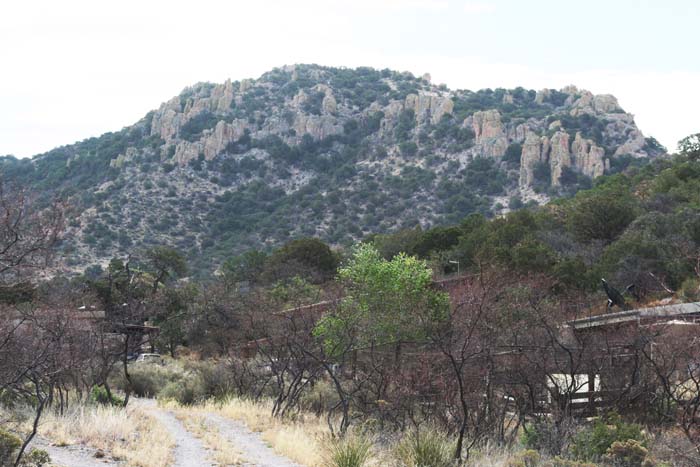
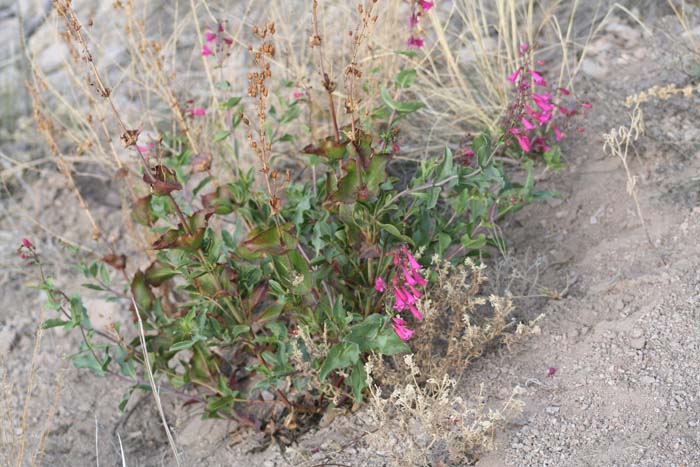

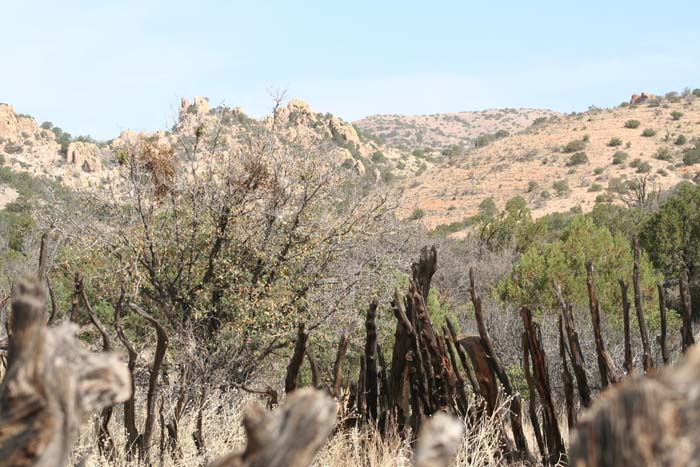
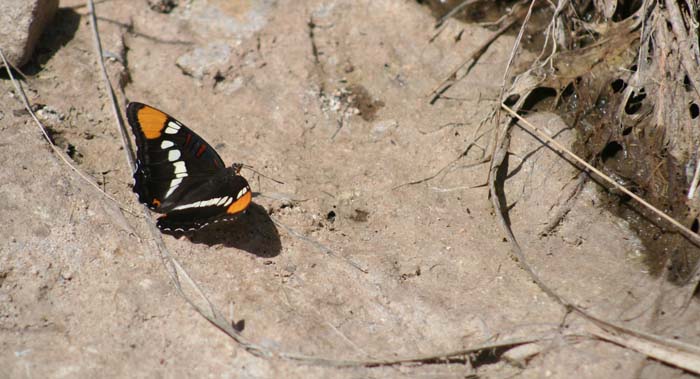
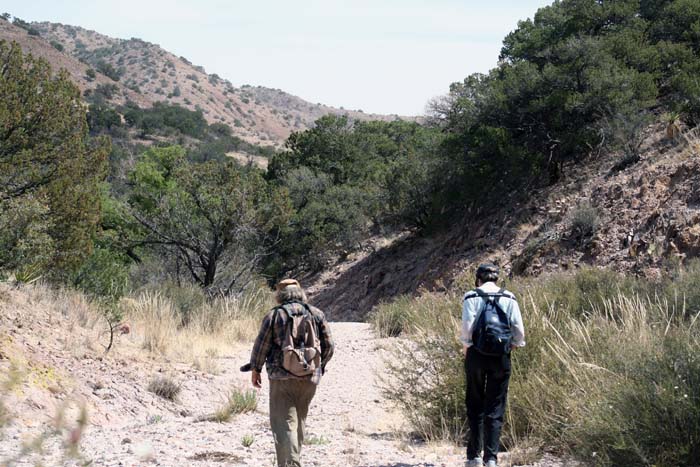
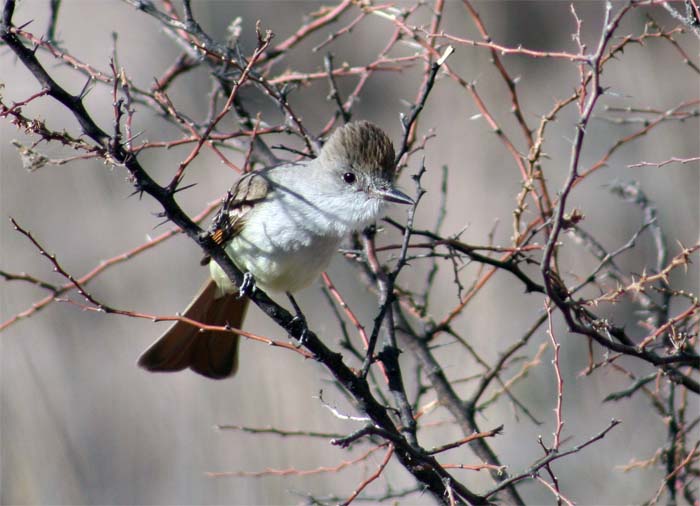
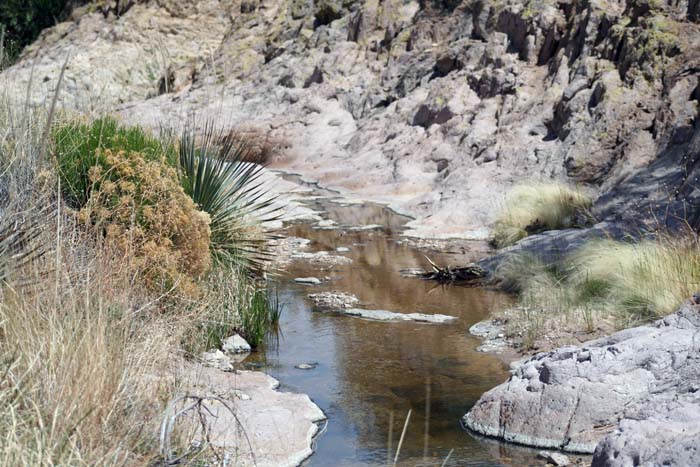
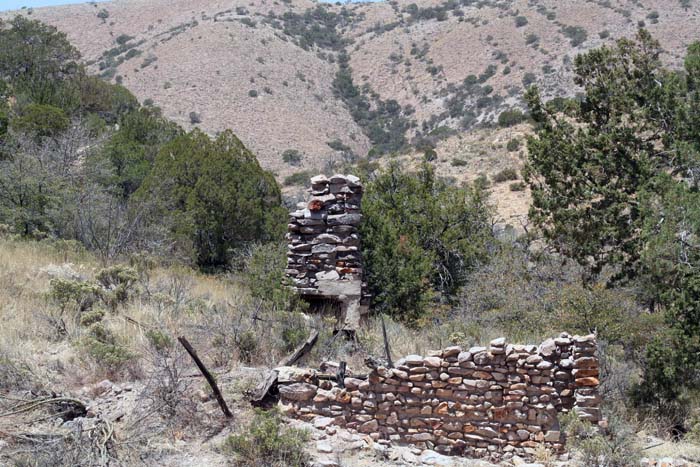
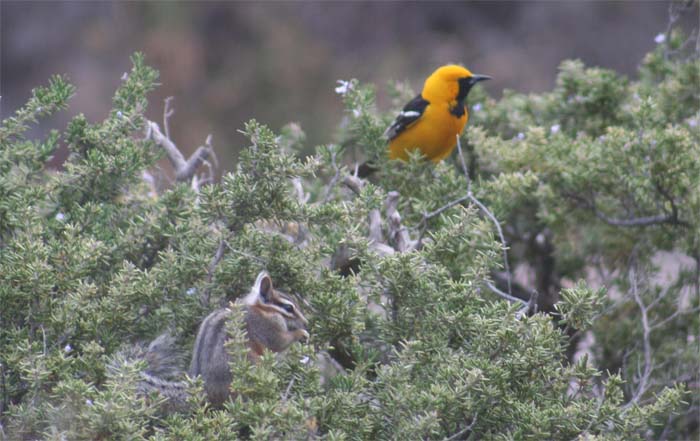
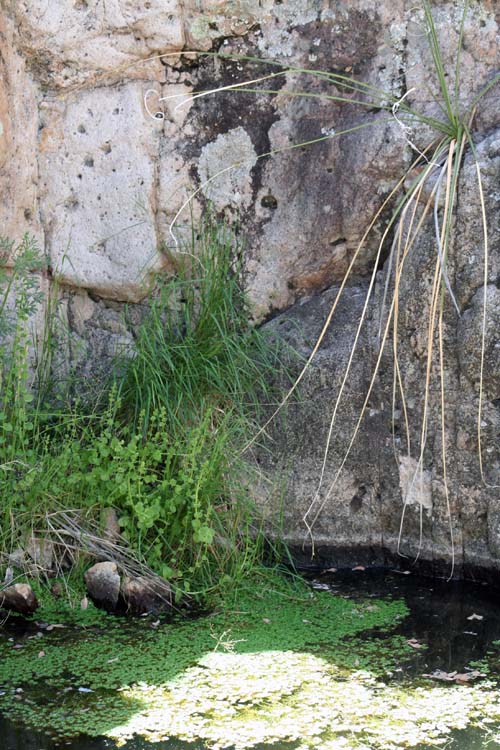
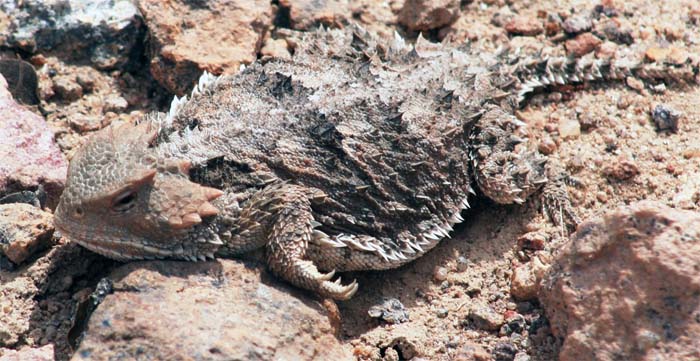
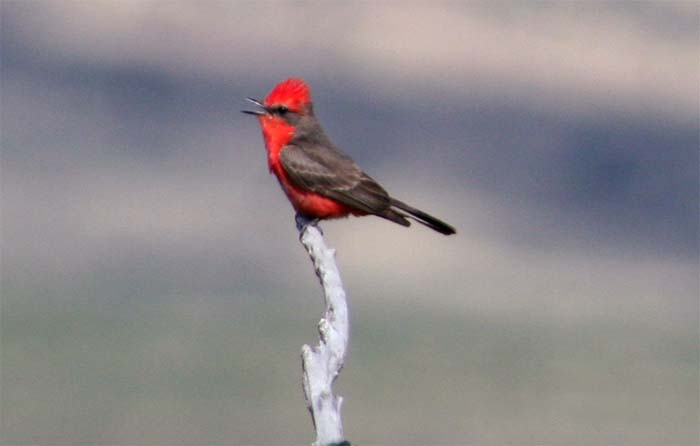


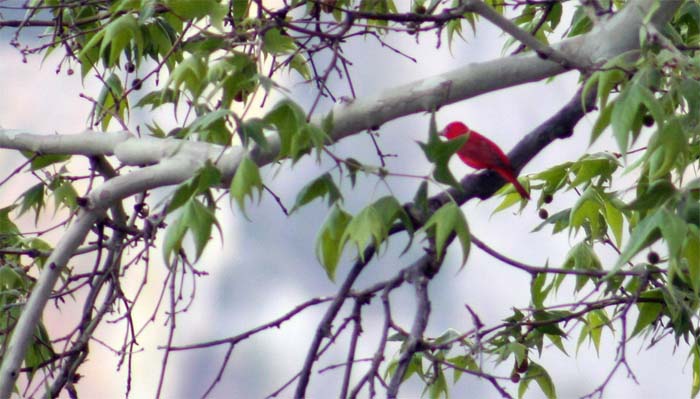
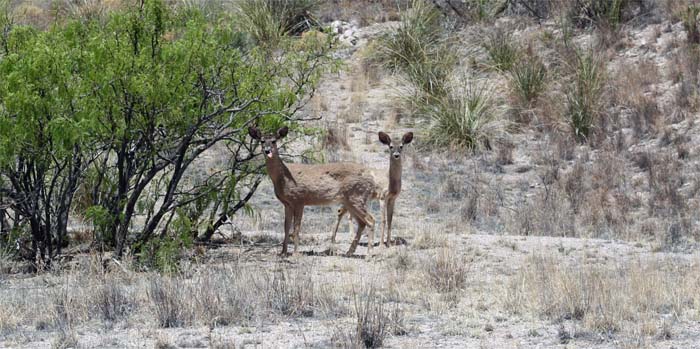
Sorry, the comment form is closed at this time.